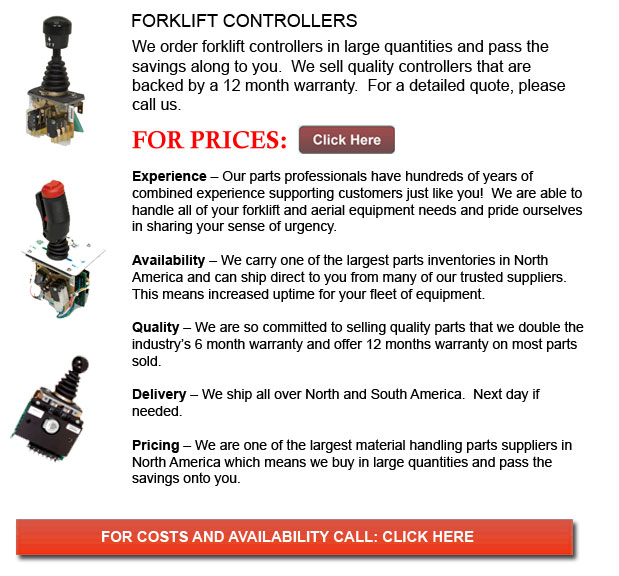
Controller for Forklift - Lift trucks are accessible in a wide range of load capacities and different models. Most forklifts in a standard warehouse situation have load capacities between 1-5 tons. Bigger scale models are used for heavier loads, like for example loading shipping containers, may have up to 50 tons lift capacity.
The operator can make use of a control so as to lower and raise the blades, that could likewise be known as "tines or blades". The operator of the lift truck could tilt the mast to be able to compensate for a heavy loads tendency to angle the tines downward. Tilt provides an ability to function on rough surface as well. There are annual contests meant for skillful forklift operators to contend in timed challenges and obstacle courses at regional lift truck rodeo events.
All lift trucks are rated for safety. There is a particular load maximum and a specified forward center of gravity. This essential information is provided by the manufacturer and positioned on the nameplate. It is vital cargo do not go over these specifications. It is illegal in lots of jurisdictions to tamper with or remove the nameplate without getting permission from the forklift manufacturer.
Most lift trucks have rear-wheel steering to be able to increase maneuverability inside tight cornering conditions and confined spaces. This kind of steering varies from a drivers' initial experience together with different vehicles. In view of the fact that there is no caster action while steering, it is no required to apply steering force to be able to maintain a constant rate of turn.
Unsteadiness is one more unique characteristic of forklift use. A constantly varying centre of gravity occurs with every movement of the load amid the forklift and the load and they must be considered a unit during operation. A lift truck with a raised load has centrifugal and gravitational forces which could converge to bring about a disastrous tipping mishap. In order to prevent this possibility, a forklift must never negotiate a turn at speed with its load raised.
Forklifts are carefully built with a certain load limit used for the forks with the limit lowering with undercutting of the load. This means that the load does not butt against the fork "L" and would lessen with the rise of the blade. Generally, a loading plate to consult for loading reference is located on the forklift. It is dangerous to utilize a lift truck as a personnel lift without first fitting it with specific safety tools like for instance a "cherry picker" or "cage."
Forklift use in warehouse and distribution centers
Lift trucks are an essential part of warehouses and distribution centers. It is vital that the work surroundings they are placed in is designed in order to accommodate their efficient and safe movement. With Drive-In/Drive-Thru Racking, a forklift has to travel in a storage bay which is multiple pallet positions deep to put down or get a pallet. Operators are normally guided into the bay through rails on the floor and the pallet is placed on cantilevered arms or rails. These tight manoeuvres need expert operators in order to complete the task safely and efficiently. In view of the fact that every pallet requires the truck to go in the storage structure, damage done here is more frequent than with different types of storage. When designing a drive-in system, considering the measurements of the blade truck, including overall width and mast width, need to be well thought out to be able to guarantee all aspects of an effective and safe storage facility.
![]() Click to Download the pdf
Click to Download the pdf
Forklift Parts

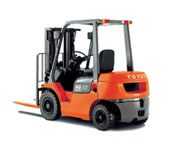
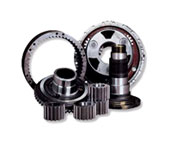


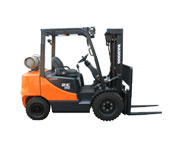
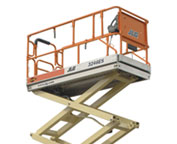
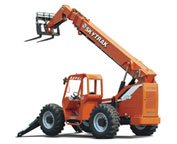
Lift Parts Express
TOLL FREE: 1-888-695-7994
LOCAL: 909-327-3114
928 N San Fernando Blvd J-152
Burbank, California
forkliftpartsburbank.com
Email Us
About Us


